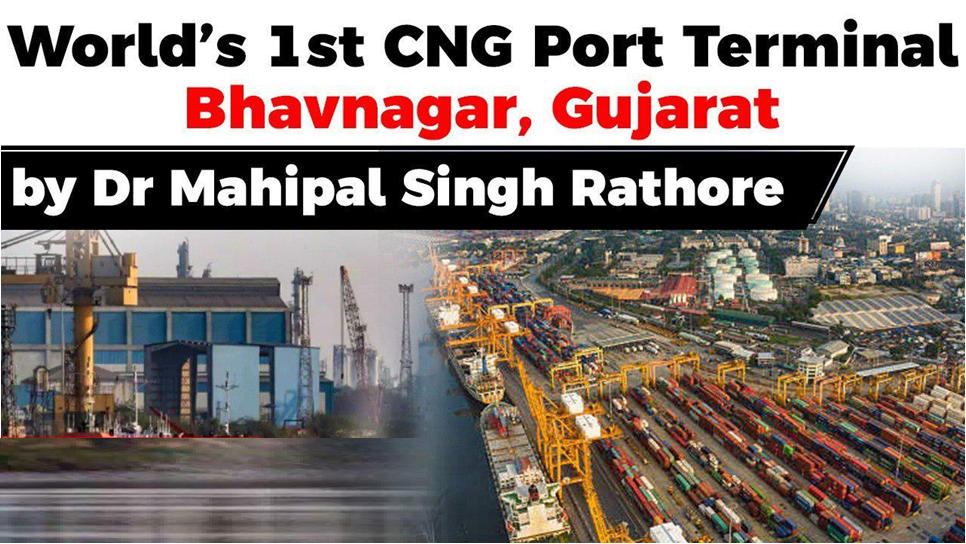Table of Contents

What is Natural Gas,CNG,LNG?
- Natural gas is a naturally occurring hydrocarbon gas mixture consisting primarily of methane, but commonly including varying amounts of other higher alkanes, and sometimes a small percentage of carbon dioxide, nitrogen, hydrogen sulfide, or helium.
- Natural gas began millions of years ago as organic matter.
- Over the millennia, decomposition and high pressure converted this organic matter into methane, pockets of which remain trapped under the earth until extracted through a variety of processes.


- Once the gas has been retrieved and refined, it is usually converted into one of two forms:
- Compressed natural gas (CNG) or Liquefied natural gas (LNG)
CNG
- CNG is methane that, through a multi-stage process, has been compressed to less than 1% of the volume it occupies at standard atmospheric pressure.
- CNG can be created at individual fuelling stations to be easily dispensed to vehicles that can use either modified petrol or diesel engines or CNG-specific engines.
- CNG decreases vehicular pollution on the virtue of being cleaner fuel than liquid fuels.
LNG
- LNG is methane which undergoes a much more complex cryogenic process in which it is cooled to a temperature of around –162 degrees Celsius, bringing it to a liquid state at which it occupies 1/600thof its gaseous state volume at standard atmospheric pressure.
- LNG is an excellent way to transport large volumes of natural gas over great distances where pipelines don’t exist (over land via tanker trucks and by sea.

- At present, country is having six (6) operational LNG regasification terminals operational with capacity of about 140 MMSCMD
- In FY 2018-19, the total gas consumption in India was around 148.02 MMSCMD
(Million standard cubic feet per day)



The Bhavnagar Terminal
- Gujarat Government has given the approval for a CNG port terminal at Bhavnagar
- Proposed investment of 1,900 crore.
- It will be world’s first CNG port terminal.
- The proposed CNG port terminal will have a capacity to handle 1.5 million tonne per annum (MMTPA).
- ~5.4 MMSCMD
- The Gujarat Maritime Board (GMB) had signed an MoU with Foresight Group to set up this port terminal at Bhavnagar in the Vibrant Gujarat Summit held in January 2019.
- It will be developed jointly by UK-headquartered Foresight Group and Mumbai-based Padmanabh Mafatlal Group.
Ro-Ro terminal
- Apart from the CNG terminal, the investors would also develop a Ro-Ro terminal, liquid cargo terminal and container terminal at Bhavnagar port.


Increased cargo capacity
- The GMB manages the existing port at Bhavnagar, having a capacity to handle 3 MMTPA cargo.
- New terminals would take the overall capacity to 9 MMTPA.
- To develop CNG and other terminals on the north side of the existing port would require major modifications in the existing infrastructure, including dredging in water channel of port basin, construction of two lock gates and off-shore infrastructure for CNG transportation.

What is LPG?
- Liquefied Petroleum Gas Or Liquid Petroleum Gas
- LPG is liquefied through pressurisation. It comes from natural gas processing and oil refining.
Q. Components of LPG in India?






















 WhatsApp
WhatsApp